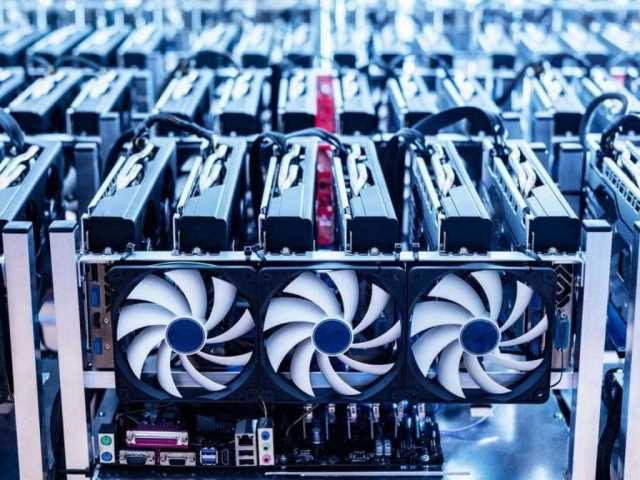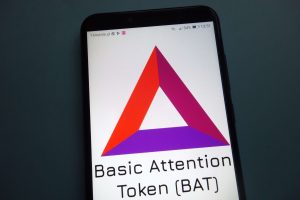
On the other hand, nodes in hard forks will stop processing the blocks following the addition of new rules whereas soft forks allow upgraded nodes to still communicate with the non-upgraded nodes. When changes to the protocol layer create a blockchain that is not compatible with the previous blockchain, it is called a hard fork. To understand how a hard fork works, consider how blockchain technology works.
Hard Fork: What It Is in Blockchain, How It Works, and Why It Happens
When these differences split a cryptocurrency’s community of users, a split is likely the outcome. Software developers and miners working on a project decide something isn’t working for them. One group decides it isn’t satisfied with the current protocol and wants to introduce a change. Note that these 2 are both still significantly smaller in market cap compared to Bitcoin. Because forks run independently, what happens on these alternate chains does not affect Bitcoin.
Hard Fork: What Happens When a Cryptocurrency Splits In Two?
While we’ve used Bitcoin as our example here, forks can happen on any blockchain. The older version of the software was in accordance with the rules valid for Bitcoin, and the other maintained in accordance with the rules that were valid for Bitcoin Cash. The code is available publicly, so they can submit changes for other developers to review. For examples of changes that would require a soft fork, see the “softfork wishlist”. Some might believe a hard fork is necessary and good, while others might not.
Premium Investing Services
There are several reasons or even events that cause developers to implement a hard fork. For instance, when the hack on the Decentralized Autonomous Organization (DAO) occurred, the Ethereum blockchain was forked by a nearly unanimous vote. Developers cannot force changes on a public blockchain that relies on participation. Public blockchains rely on their participants, so changes must be implemented by them, not forced upon them.
Hard fork vs. soft fork

Bitcoin Unlimited set itself apart by allowing miners to decide on the size of their blocks, with nodes and miners limiting the size of blocks they accept, up to 16 megabytes. Whenever a blockchain undergoes a fork, it will be up to Ledger to implement necessary changes https://www.tokenexus.com/ for our applications and in Ledger Live. If there is a blockchain fork on a network you use; don’t worry. You don’t need to do a thing – Ledger will take the necessary preparations. At any rate, we strongly recommend everyone to stay updated on blockchain forks.

What is a Soft fork?
Generally speaking, you’re more limited in what you can do as your new changes can’t conflict with the old rules. That said, if your update can be crafted in such a way that it remains compatible, you don’t need to worry about fragmenting the network. In Bitcoin, you could broadly make the distinction between three subsets of participants – developers, miners, and full node users. Light nodes (i.e., the wallets on your phones, laptops, etc.) are used extensively, but they aren’t really “participants” as far as the network is concerned. Let’s say that this 2MB block is validated by an updated node and added to the blockchain. What if the next block is validated by a node running an older version of the protocol?
- “The Ethereum community has been amazingly science-driven, open and forthright.
- You could spend those 5 BTC on the old chain in Block 600,001, but they haven’t been spent in the new blockchain’s Block 600,001.
- When that occurs, it’s known as a “fork” as in “a fork in the road,” or when a path splits in two different directions.
- It’s like having an update for Microsoft Word, rather than needing to install a brand-new version of the program.
- Then, miners, exchanges, and other major apps that are built on it need to decide if they want to a part of the new version of Ethereum or the original.
While it might seem like you’ve just been given a new cryptocurrency for free, this does come at a cost. It might come with a decrease in network stability – thus security – since the network becomes smaller due to the split. Even two years after SegWit activation, not all nodes have upgraded. There are advantages to doing so, but there’s no real urgency since there’s no network-breaking change. Just like a single road that later splits into two, there’s now a permanent divergence in their paths.
Disagreements Among Developers
Proponents of its block size believe that this helps keep Bitcoin decentralized, as larger block sizes require more expensive equipment to mine. Smaller block sizes make it possible for more miners to participate, which may help prevent large players from controlling the blockchain. A soft fork can be thought of as a minor upgrade to software, similar to updates that frequently occur on a smartphone. If updates aren’t downloaded right away, functionality on devices is usually still valid.
